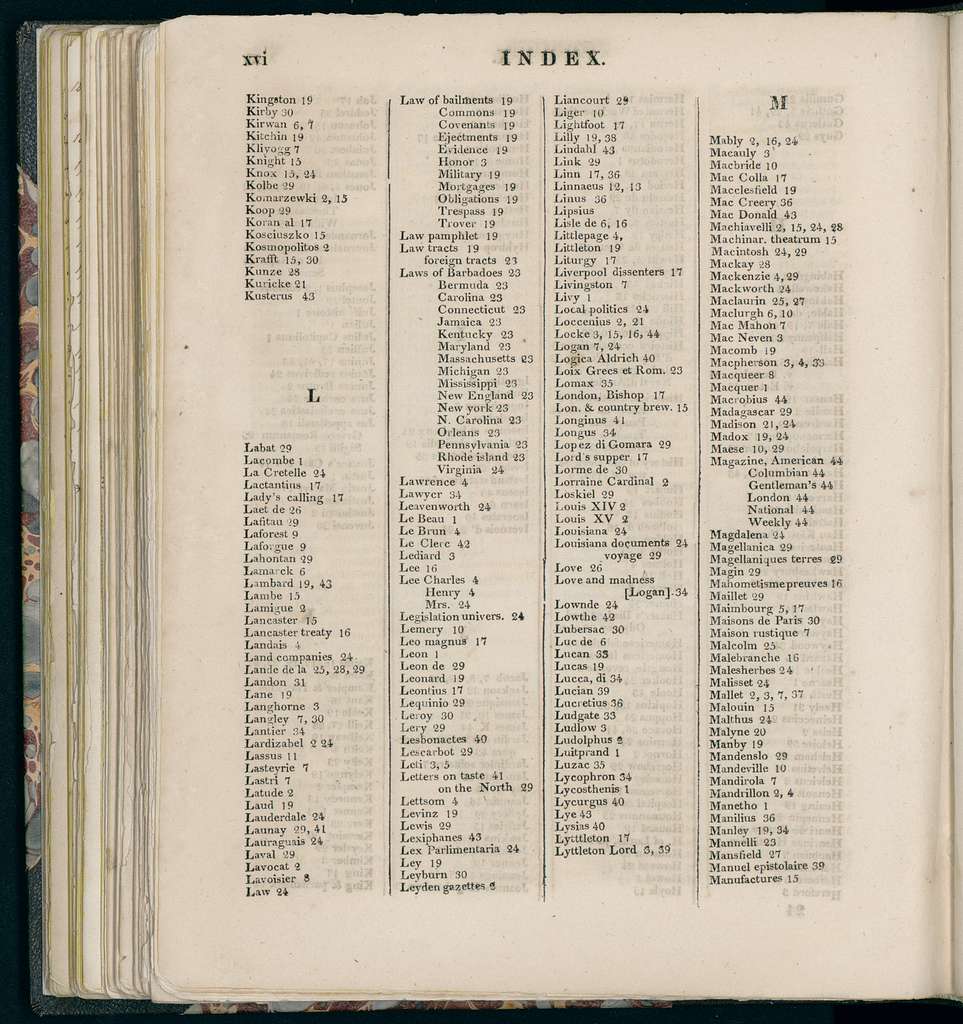Digital visual archives play a crucial role in preserving and disseminating photographic works. As photography transitions from analog to digital formats, these archives ensure that images remain accessible and protected for future generations. This article explores the concept of digital visual archives in the context of photography, their importance, methods of creation, and their impact on the field.

What are Digital Visual Archives?
Digital visual archives are collections of photographic images stored and managed in digital formats. These archives include both digitized versions of analog photographs and images originally captured in digital form. They are often maintained by museums, libraries, academic institutions, and private organizations to preserve and provide access to photographic works.
The Importance of Digital Visual Archives
1. Preservation
- Digital archives protect photographs from physical deterioration. Unlike physical prints, digital images do not degrade over time, ensuring the longevity of photographic works.
2. Accessibility
- Digital archives make photography accessible to a global audience. By providing online access, people from around the world can view and study photographic collections without geographical constraints.
3. Research and Education
- These digital archives serve as valuable resources for researchers, historians, and educators. They provide a vast repository of images that can be used for academic studies, exhibitions, and educational programs.
4. Cultural Heritage
- Digital visual archives play a critical role in preserving cultural heritage. They document historical events, social changes, and cultural expressions, offering a visual record of the past.
Methods of Creating Digital Visual Archives
1. Digitization

- Digitization involves converting physical photographs into digital formats. This process includes scanning prints, negatives, and slides using high-resolution scanners to create digital copies.
2. Metadata Creation

- Metadata provides essential information about each photograph, such as the date, location, photographer, and context. Creating comprehensive metadata is crucial for organizing and retrieving images within the digital archive.
3. Digital Storage

- Digital images are stored on servers, cloud storage, or other digital media. It’s essential to use reliable storage solutions and create backup copies to prevent data loss.
4. Cataloging and Indexing


- Cataloging and indexing involve organizing digital images into categories and creating a searchable database. This helps users find specific images based on keywords, dates, themes, or other criteria.
5. User Interface Design

- A user-friendly interface is vital for accessing digital visual archives. Websites and digital platforms should be designed to allow easy navigation, search functionality, and high-quality image viewing.
Notable Examples of Digital Visual Archives
1. The Library of Congress

- The Library of Congress houses a vast digital collection of photographs that document American history and culture. Its online archive provides access to millions of images, including historical prints, negatives, and digital photographs.
2. Google Arts & Culture

- Google Arts & Culture collaborates with museums and cultural institutions worldwide to digitize and share their photographic collections. The platform offers high-resolution images and interactive features for exploring art and photography.
3. The Digital Public Library of America (DPLA)

- The DPLA provides access to a diverse range of digital collections from libraries, archives, and museums across the United States. Its photographic archives include images from various periods and regions, reflecting the country’s rich cultural heritage.
4. The Getty Research Institute

- The Getty Research Institute’s digital archive includes extensive photographic collections related to art, architecture, and cultural history. Its online platform allows users to explore and download high-resolution images for research and study.
5. Europeana

- Europeana is a digital platform that provides access to millions of digitized items from European cultural institutions. Its photographic archives include historical and contemporary images that document Europe’s cultural and artistic heritage.
Impact of Digital Visual Archives
1. Democratization of Knowledge
- Digital visual archives democratize access to photographic works, allowing anyone with an internet connection to explore and learn from these collections.
2. Preservation of History
- By preserving photographic records, digital archives ensure that future generations can access and study historical events, social movements, and cultural changes.

3. Support for Research
- Researchers and scholars benefit from the extensive resources provided by digital visual archives. These collections offer primary sources for academic studies, publications, and exhibitions.
4. Educational Opportunities
- Digital archives support educational initiatives by providing teachers and students with a wealth of visual materials. They enhance learning experiences by offering diverse perspectives and visual documentation.
5. Cultural Exchange

- Digital visual archives facilitate cultural exchange by making images from different cultures and regions accessible to a global audience. They promote understanding and appreciation of diverse artistic traditions and historical narratives.
Conclusion
Digital visual archives are essential for preserving and disseminating photographic works in the digital age. By ensuring the longevity, accessibility, and organization of photographic images, these archives play a crucial role in preserving cultural heritage, supporting research, and promoting education. As technology continues to evolve, digital visual archives will remain vital resources for connecting people with the rich visual history of our world.
